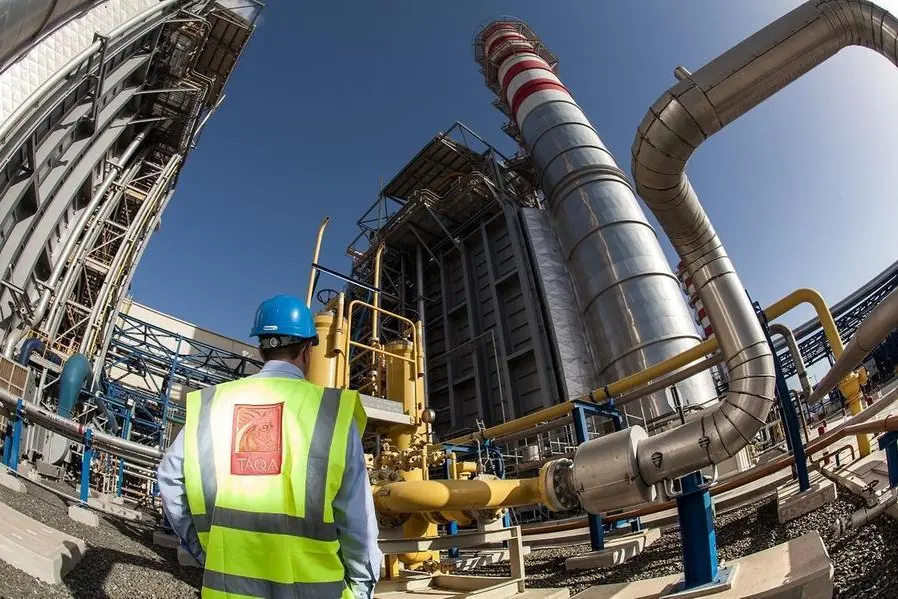PHOTO
Oil, miniatures of oil barrels, oil pump jack and U.S. dollar banknote are seen in this illustration taken, June 6, 2023. REUTERS/Dado Ruvic/Illustration
LONDON - Portfolio investors boosted their petroleum positions in the final two weeks of last year, as some short positions in crude were squared up, but short-covering did little to reverse the downward trend in prices.
Hedge funds and other money managers purchased the equivalent of 68 million barrels in the six most important futures and options contracts over the seven days ending on Dec. 26.
Total purchases over the last two weeks of the year were 175 million barrels, partially reversing sales of 473 million over the previous 12 weeks.
Purchases were concentrated in crude (+155 million barrels) rather than fuels (+19 million) as managers unwound previous bearish bets.
Prior to the year-end buying, the net position across all three crude contracts had been reduced to a record low of 128 million barrels on Dec. 12.
Afterwards, the net position had increased to 284 million barrels, but that was still in only the 11th percentile for all weeks since 2013.
Chartbook: Oil and gas positions
In the premier NYMEX WTI contract, short positions betting on a fall in prices were trimmed to 88 million barrels from 128 million two weeks earlier.
Some of the reduction in short positions was probably motivated by profit-taking after prices had dropped sharply since the end of September.
Many institutional money managers will have wanted to realise mark-to-market paper profits before closing their accounts for the year.
Others will have been unwilling to carry large positions over year-end, when markets are shut for multiple days, liquidity is poor and volatility can be high.
The period also saw a cross-market improvement in sentiment as traders anticipated the U.S. central bank would cut interest rates in response to signs of slowing inflation.
Notwithstanding the short covering, crude positions ended the year on a bearish note, far below the 535 million barrels (60th percentile) reached in the middle of September.
Inflation-adjusted front-month Brent futures averaged just $77 per barrel in December, scarcely above the recent low of $76 in June and slightly below the average of $82 since the start of the century.
REFINED FUELS
In contrast to crude, fund managers are sanguine about the outlook for refined fuels, where prices are underpinned by lower than average inventories in the United States and other major markets.
The combined position across U.S. gasoline, U.S. diesel and European gasoil was 98 million barrels (43rd percentile) on December 26, but there were important regional differences. Fund managers were especially bullish about U.S. gasoline where the position was 68 million barrels (75th percentile).
Positions in U.S. diesel of 19 million barrels (61st percentile) were also above the long-term average reflecting the positive outlook for the U.S. economy and expectations of rate cuts.
But positions in European gasoil were bearish at just 11 million barrels (17th percentile) owing to the continued industrial recession in the region.
U.S. NATURAL GAS
Similar to crude, the final two weeks of the year saw some squaring up of very bearish positions linked to the price of U.S. gas.
Fund managers purchased the equivalent of 344 billion cubic feet (bcf) in the two major futures contracts over the two weeks ending on Dec. 26.
But the purchases reversed only a small part of the 1,744 bcf sold since mid-October, according to records published by the U.S. Commodity Futures Trading Commission.
All the buying came from covering of previous bearish short positions (+376 bcf) rather than creation of new bullish long ones which were actually reduced (-32 bcf).
Even after the year-end book squaring, fund managers were left running a net short position of 654 bcf (15h percentile for all weeks since 2010) down from a net long position of 775 bcf (50th percentile) in mid-October.
In the Lower 48 states, the number of population-weighted degree days, a proxy for heating demand and gas consumption, was below the long-term seasonal average every day between Dec. 2 and Dec. 31.
By the end of the year, the Lower 48 had experienced 226 heating degree days fewer than average (-14%) since the start of the heating year on July 1.
Exceptionally strong El Niño conditions in the Pacific have led to much warmer-than-normal temperatures across the northern tier of states.
Working gas inventories were 219 bcf (+7% or +0.81 standard deviations) above the long-term seasonal average on Dec. 22 up from a surplus of just 60 bcf (+2% or +0.23 standard deviations) in early October.
As a result, futures prices for gas delivered in January 2024 had fallen to just $2.62 per million British thermal units at the end of December down from $3.89 on Oct. 13.
Inflation-adjusted futures prices have fallen to just the 5th percentile or below for all months since the start of the century which will eventually curb production and eliminate the surplus.
But unusually warm weather throughout December has postponed the rebalancing and ensured most fund managers remain bearish in the short term.
John Kemp is a Reuters market analyst. The views expressed are his own.
Follow his commentary on X https://twitter.com/JKempEnergy (Editing by David Evans)























